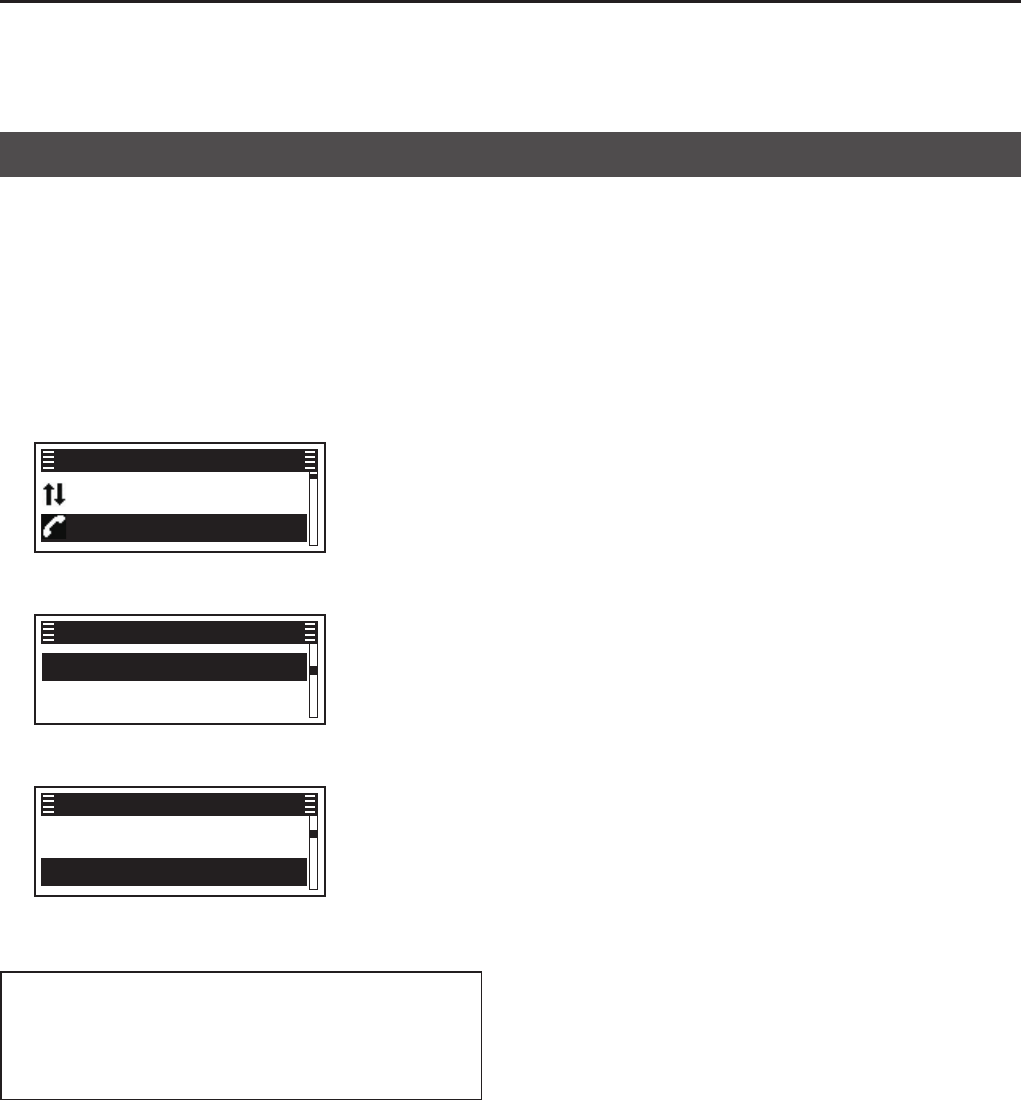Operation Manual
Table Of Contents
- IMPORTANT
- Section 1 ACCESSORIES
- Section 2 PREPARATION
- Section 3 BASIC OPERATION
- Section 4 ADVANCED OPERATION
- Section 5 SCAN OPERATION
- Section 6 MENU SCREEN
- Section 7 NXDN™ OPERATION
- NXDN™ system operation
- Transmitting a call
- Receiving a call
- Roaming function (For Multi-site Trunking operation)
- Site Lock function (For Multi-site Trunking operation)
- Site Select function (For Multi-site Trunking operation)
- Incoming list
- Outgoing list
- Encryption function
- Over The Air Programming (OTAP) function
- Section 8 MDC 1200 SYSTEM OPERATION
- Section 9 BIIS 1200 SYSTEM OPERATION
- Section 10 VOICE RECORDER FUNCTIONS
- Section 11 Bluetooth® OPERATION
- Bluetooth® Wireless Technology operation
- Turning ON the Bluetooth® function
- Pairing with a headset or a data device
- Headset settings
- Accepting a pairing request from a Bluetooth® device
- Disconnecting from a Bluetooth® device
- Deleting a Bluetooth® device from the pairing list
- Resetting the installed Bluetooth® unit
- The maximum number of paired devices
- Section 12 OTHERS
- Section 13 OPTIONS

4
ADVANCED OPERATION
4-2
D Autodial
A user can quickly send DTMF tones that have been
pre-entered into the transceiver�
(Menu > Signaling/Call > DTMF Autodial)
1� Push [Menu] to display the Menu screen�
2� Push [P2 (Up)] or [P1 (Down)] to select “Signaling/
Call,” then
push [OK]�
Channel/Scan ►
Signaling/Call ►
Menu
3� Push [P2 (Up)] or [P1 (Down)] to select “DTMF
Autodial,” then
push [OK]�
DTMF Autodial ►
Group Select ►
Signaling/Call
4� Push [P2 (Up)] or [P1 (Down)] to select a DTMF
Memory, then push
[PTT] to send the codes�
✔ DTMF 1
✔ DTMF 2
DTMF Autodial
• After sending, automatically returns to the standby
screen�
TIP: In the standby screen, a user can send the
currently selected DTMF Memory’s codes by holding
down [DTMF Autodial]� In the DTMF Autodial screen,
a check mark is displayed by the currently selected
codes�
D Stun function
(Only for LTR operation)
The Stun function is used when a transceiver is stolen
or lost, and the function deactivates the transceiver�
When the transceiver receives a matching Stun
DTMF code, the Stun function is activated and
the transceiver operation is inhibited� In this case,
entering the password or reprogramming is necessary
to operate the transceiver again�
DTMF calls










